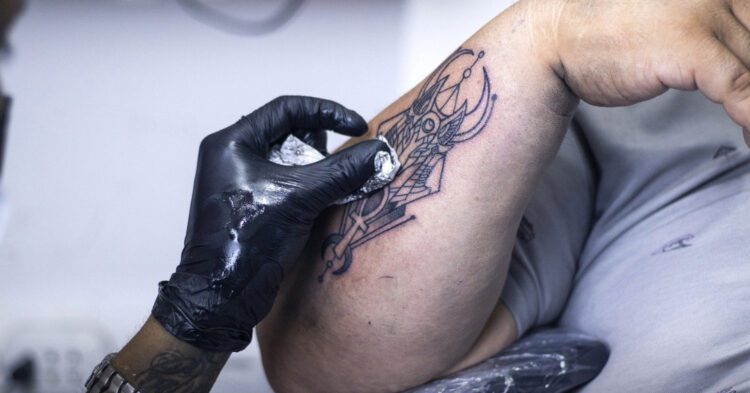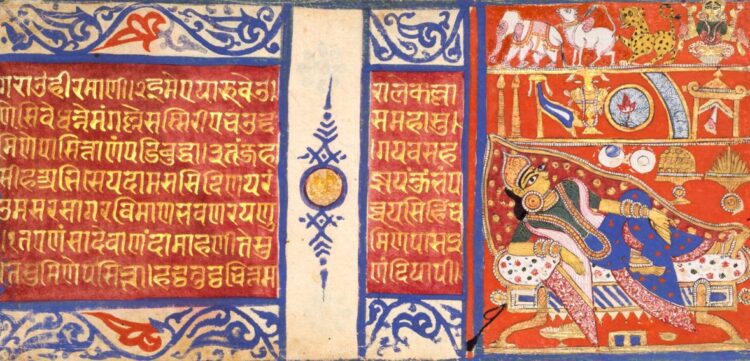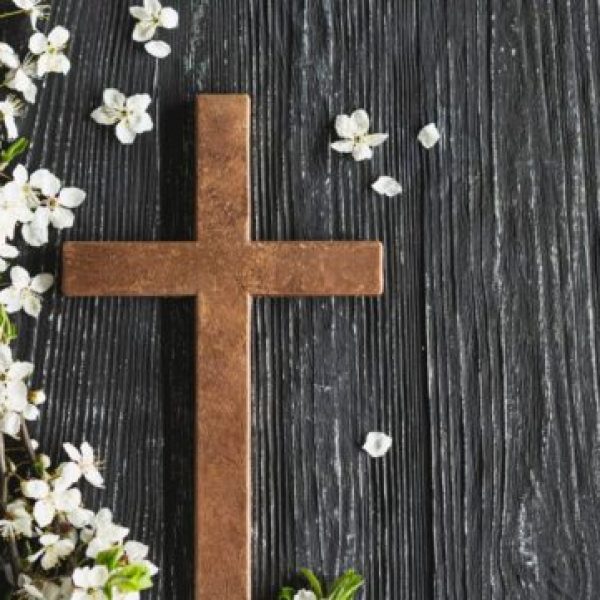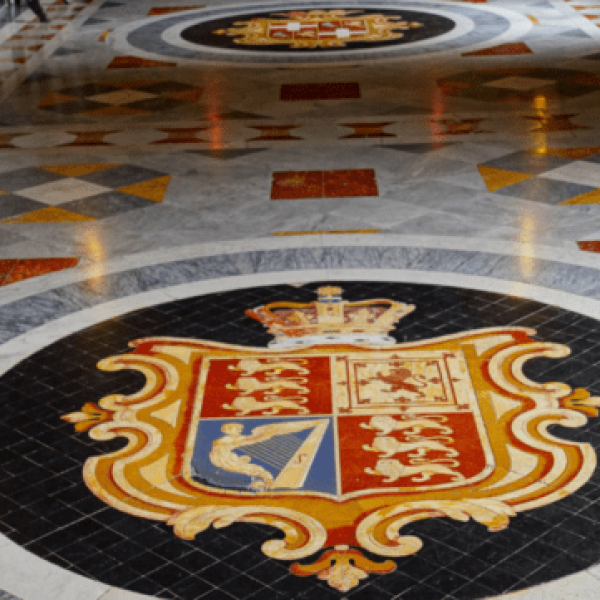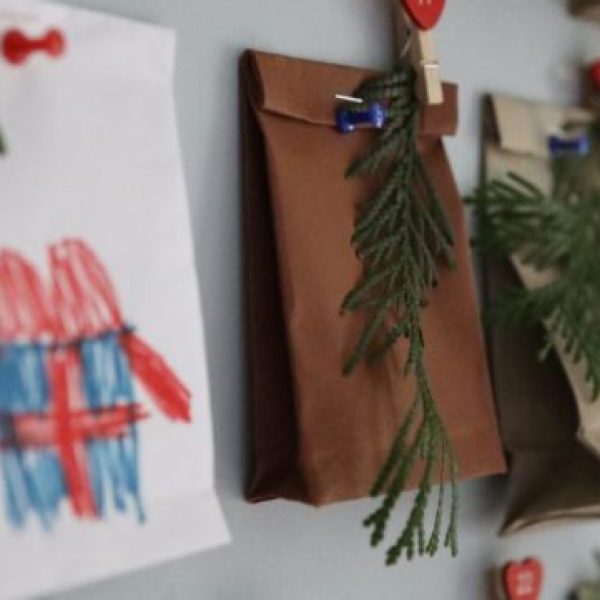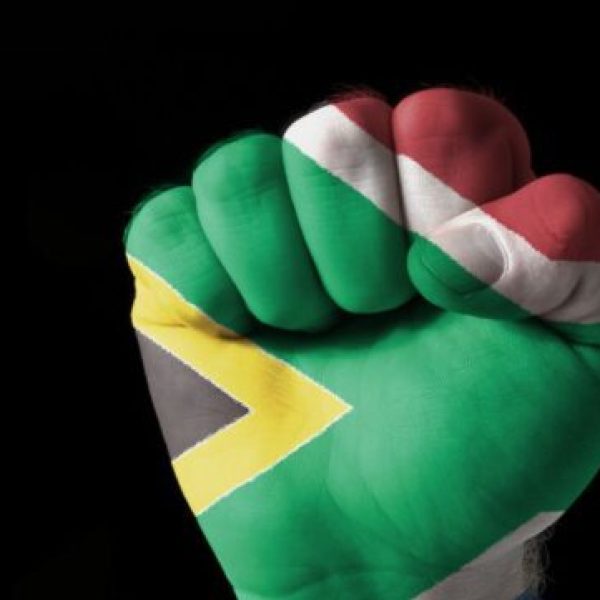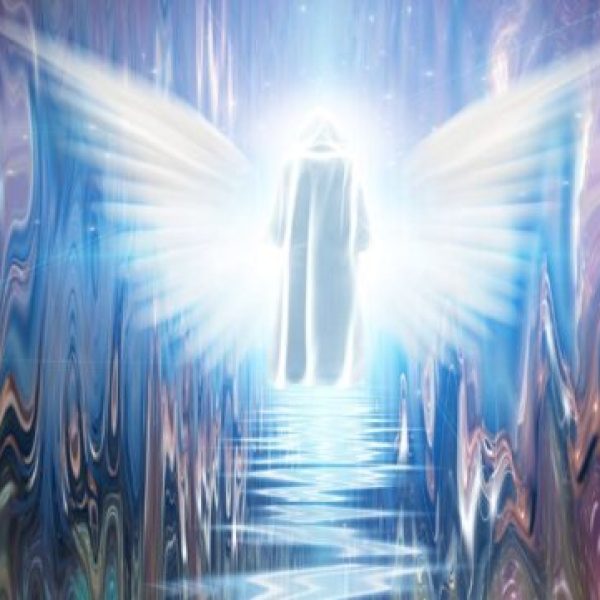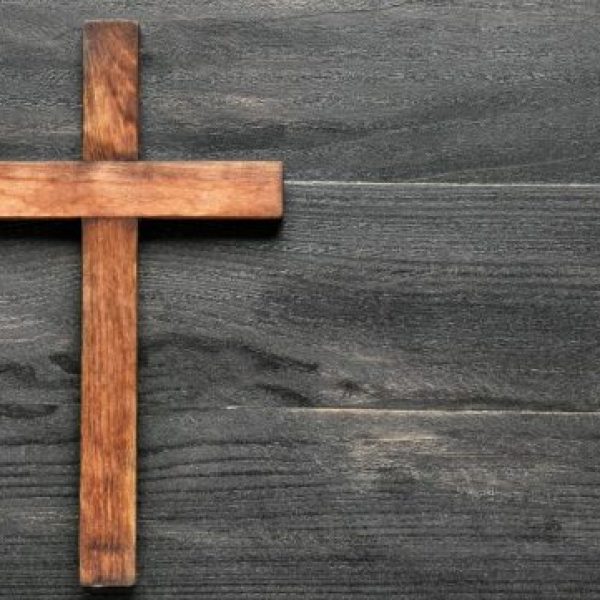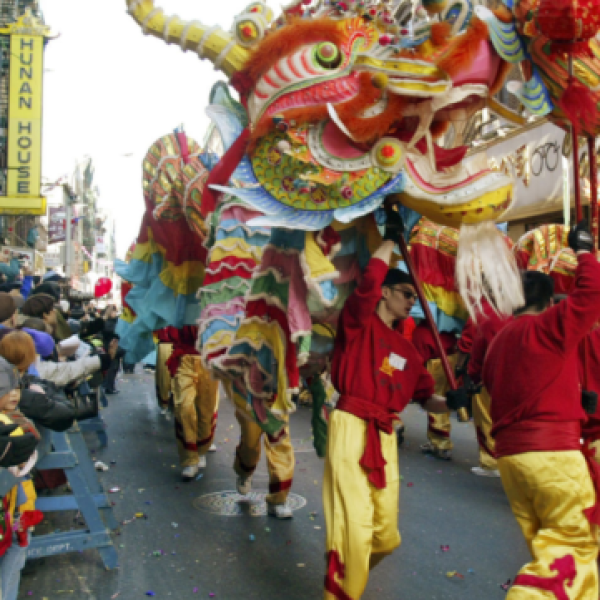Celtic knots represent a significant facet of Celtic heritage, known for their elaborate designs and profound symbolism. These continuous, interwoven patterns have been integral to Celtic art for centuries, symbolizing various meanings. This extensive article delves into the types of Celtic Symbols and Meanings, and their significance both in historical and contemporary contexts. From the Trinity knot to the Dara knot, we explore the fascinating world of Celtic knotwork.
What is a Celtic Knot?
A Celtic Knot is characterized by its continuous looped design, which symbolically represents the infinite cycle of life. Historians trace the origins of Celtic Knots as far back as the 8th century, primarily used in decoration and art. There are suggestions that their use could extend to as early as 500 B.C., although definitive evidence from that period is scarce.
Celtic Knots carry various interpretations, generally viewed as a positive emblem symbolizing emotions like love and joy, as well as virtues like faith and friendship. The overarching theme they represent is the interconnectedness of life.
Key Characteristics of Celtic Knots:
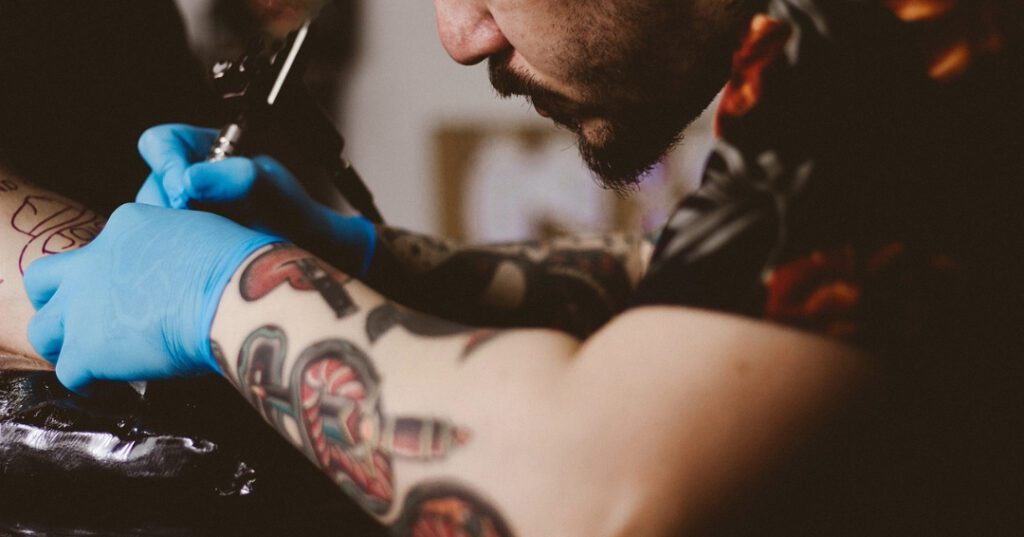
- Appearance: Celtic Knots appear in multiple forms, typically featuring interlaced patterns with no discernible beginning or end. Many designs are inspired by basket-weave knots, a craft dating back thousands of years.
- Used in Insular Art: While originating from basic craftwork, Celtic Knots were predominantly used for decorative purposes, particularly in what is known as “Insular Art,” which includes decorative metalwork, manuscripts, and stonework from post-Roman Britain and Ireland.
- Contemporary Appearances: Today, Celtic Knots are ubiquitous, appearing in movies, music albums, historic sites, jewelry, tattoos, and even crop circles. Their inclusion in the Guinness logo between 1955 and 1968 is a testament to their cultural significance, especially in Ireland.
A Brief History of Celtic Knots
Celtic knots have a long and fascinating history, dating back to around the 3rd century AD. However, it was not just the Celts who were fond of using knot motifs in their art. There is evidence of knots being used in Roman, Byzantine, Ethiopian, Russian, and Islamic art and architecture as well.
Knots were frequently used in Celtic art, and with the rise of Christianity in Ireland around 450 AD, knots began appearing more in various religious manuscripts and artwork. The earliest example of these knots in religious materials can be found in a Gospel Book from the 7th century.
The most notable use of Celtic knots in a religious manuscript is in the famous Book of Kells. Named after the Abbey of Kells in County Meath, this ancient Latin manuscript contains the four Gospels of the New Testament: Matthew, Mark, Luke, and John. The Book of Kells is renowned for its stunning artwork, featuring a combination of traditional Christian iconography and beautifully complex Celtic knots.
Celtic knots were central to an art style that developed around the 600s AD called Insular artwork. The Book of Kells is a primary example of this style, featuring an abundance of intricate, interwoven Celtic knots. Insular artwork can also be found throughout the Lindisfarne Gospels, made between 715 and 720 AD, detailing the life and works of Jesus Christ through artwork of Celtic, Germanic, and Irish inspiration. Over time, the Celtic knots in these manuscripts evolved, becoming increasingly intricate and complex.
Common Types of Celtic Knots and Their Meanings
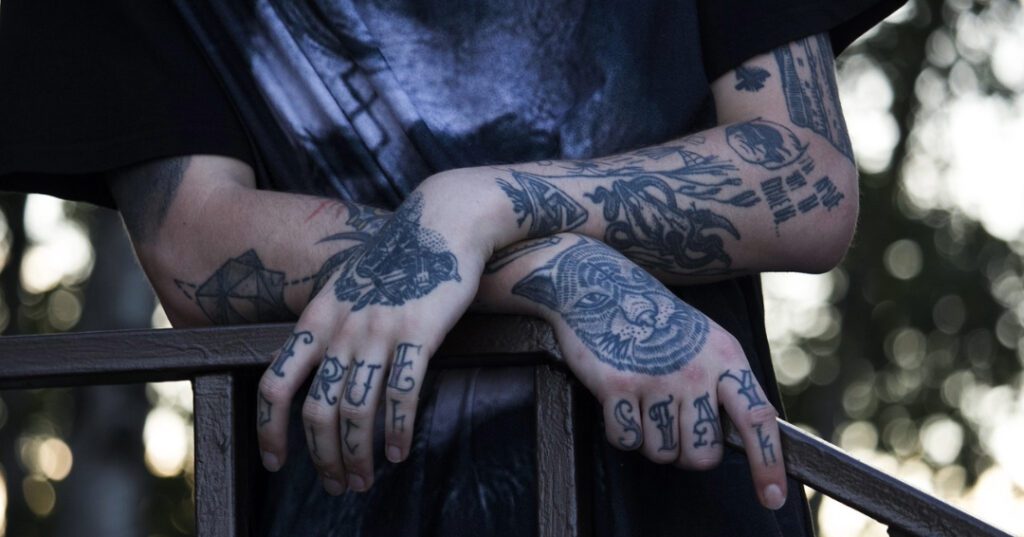
Let’s explore the Celtic Symbols and Meanings along with its designs, including the Trinity Knot, Dara Knot, and the Tree of Life.
Triquetra (Trinity Celtic Knot)
The Triquetra is one of the most recognized Celtic Knot designs. Originating from northern Europe, it’s found in the Book of Kells and other historical artifacts, possibly dating back to 5000 BC. The design consists of three interlocking ovals or arcs, sometimes encircled by an additional loop. These three points can represent various themes depending on cultural beliefs—from the Christian Holy Trinity to the pagan concepts of life, death, and rebirth, or the phases of time: past, present, and future.
Dara Knot
Known for symbolizing strength, the Dara Knot features a complex pattern of intertwined lines without a clear beginning or end. Derived from the Gaelic word ‘Doire,’ meaning ‘oak tree,’ this knot is also a symbol of family. The design represents an oak tree’s root system, a sacred symbol in Celtic culture that connected the living world to the spirit realm. It frequently appeared in carvings and on Celtic armor and weaponry.
Celtic Tree of Life
Central to Celtic mythology, the Tree of Life (often depicted as an oak) symbolizes strength, balance, and harmony—key elements of Celtic culture. The designs usually show a symmetrical tree with a detailed root system mirrored by its branches, forming a continuous loop. This knot also represents community and interconnectedness, suggesting a shared origin for all beings, from gods to humans and nature.
Serch Bythol
At a glance, the Serch Bythol may resemble an owl in flight, but it is actually composed of two Trinity Knots placed adjacent to each other. This design is thought to represent the union of two souls, making it a symbol of enduring love and unity. It is commonly found in jewelry, tattoos, and ornamental designs, celebrated as a symbol of deep connection between partners.
Exploring Additional Celtic Knots
Motherhood Knot
The Motherhood Knot is a modern adaptation of the traditional Triquetra, featuring two intertwined heart shapes. Although heart shapes have appeared in ancient art from as early as 300 BC, they did not become associated with romance in Europe until the 13th century, long after Celtic culture had faded. The heart has often been considered a symbol of emotion across many cultures, which lends to the interpretation of the Motherhood Knot as a symbol of the enduring emotional bond between a mother and her child, capable of withstanding all challenges.
Celtic Cross
The Celtic Cross, often found in Irish churches and graveyards, is a prominent symbol in Celtic heritage. Known also as the Irish Cross, this symbol combines a traditional cross encircled by a ring and often includes knotwork in its design. Although now predominantly associated with Christianity and attributed to Saint Patrick, the Celtic Cross predates this association, leaving its deeper meanings open to interpretation. The cross’s four quadrants might symbolize the four seasons, cardinal directions, or classical elements: earth, water, fire, and air, commonly reflecting a theme of faith.
Celtic Love Knot
The Celtic Love Knot features two intertwined hearts, one inverted. This design, resembling a segment of a braid or plait, is relatively straightforward and typically symbolizes romantic love, akin to the Serch Bythol. While there’s speculation that ancient Celts exchanged these knots as tokens of betrothal similarly to engagement rings, conclusive evidence remains elusive, making its historical usage subject to interpretation.
Celtic Shield Knot
Symbolizing protection, the Celtic Shield Knot is characterized by a simple design: a circle divided into four sections. This motif suggests an unbreakable barrier and the continuity of protection through its singular, intertwined thread. Historically, it was used to protect the sick from evil spirits and found on tombstones and religious sites. In military contexts, it adorned armor, aiming to safeguard warriors in battle.
The Significance of Celtic Symbols and Knotwork Today

Celtic knots have made a significant transition from ancient manuscripts and stone carvings to modern tattoos. The detailed and continuous nature of these designs makes them a popular choice for body art, symbolizing various meanings depending on the knot and its intricacies.
Popularity in Tattoo Culture
The popularity of Celtic knots in tattoo culture can be traced back to the 1970s, a period marked by a resurgence of interest in Celtic heritage and symbolism. Tattoos featuring Celtic knots became a way for individuals to express their connection to this heritage, whether through family lineage or a personal affinity for the symbolism these knots represent.
Symbolism and Personal Meaning
In modern tattoos, Celtic knots can symbolize many personal meanings. The Trinity knot might be chosen for its representation of faith or interconnectedness, while the Dara knot could be selected for its association with strength and endurance. The endless loops of these knots often symbolize eternity, making them popular choices for tattoos representing everlasting love or memory.
Artistic Expression
Beyond their symbolic meanings, Celtic knots also offer a unique opportunity for artistic expression. Tattoo artists can create intricate and personalized designs, incorporating traditional knotwork with contemporary elements. This blend of ancient and modern artistry continues to evolve, keeping the tradition of Celtic knotwork alive in a new and dynamic form.
Celtic Symbols and Meanings in Modern Jewelry
Celtic symbols and meanings are not confined to tattoos; they are also prevalent in modern jewelry. The intricate designs and deep symbolism make Celtic knots a popular choice for rings, pendants, bracelets, and other jewelry pieces.
Popular Jewelry Designs
Jewelry featuring Celtic knots is often chosen for its beauty and the significance of the symbols. Rings with Trinity knots, pendants with Dara knots, and bracelets with love knots are common, each piece telling a story and representing a connection to Celtic heritage.
Customization and Personalization
Modern jewelry designers frequently offer customization options, allowing individuals to choose specific knots and incorporate them into unique designs. This personalization enhances the significance of the jewelry, making it a cherished item with personal meaning and historical connection.
Cultural Connection
For many, wearing Celtic knot jewelry is a way to connect with their cultural heritage. The symbols serve as a reminder of the rich history and traditions of the Celtic people, making these pieces more than just decorative items but also cultural and personal emblems.
The Future of Celtic Knotwork
The future of Celtic knotwork looks promising as these designs continue to inspire and captivate people worldwide. The integration of Celtic knots into modern art, fashion, and digital media ensures that this ancient art form remains relevant and appreciated.
Innovations in Design
Advancements in technology have opened new possibilities for Celtic knotwork. Digital tools allow artists to create even more intricate designs, while 3D printing technology enables the production of complex jewelry and decorative items with precise detail.
Global Influence
Celtic knotwork is not limited to Celtic regions; it has gained global appreciation. People from various cultures and backgrounds are drawn to the beauty and symbolism of these designs, incorporating them into their art, fashion, and personal expressions.
Preservation of Tradition
While innovation and global influence are important, preserving the traditional aspects of Celtic knotwork is equally crucial. Efforts to document and educate about the history and significance of these knots help ensure that the knowledge and appreciation of this art form continue to thrive.
Conclusion
Celtic knots, with their intricate designs and rich symbolism, remain a testament to the enduring legacy of Celtic heritage. These continuous, interwoven patterns have evolved from ancient art forms to modern expressions, such as tattoos and jewelry. Throughout this article, we have explored the various types of Celtic knots, their historical origins, and their meanings.
From the intricate Trinity Knot to the resilient Dara Knot, each design carries its own significance, reflecting themes of strength, unity, and the infinite cycle of life. The Celtic Tree of Life, Serch Bythol, and other knots further underscore the cultural importance and widespread appeal of these patterns.
Today, Celtic knots continue to resonate with people worldwide, symbolizing connections to heritage, values, and timeless beauty. Their presence in contemporary art and personal adornment speaks to their lasting influence and the deep appreciation for Celtic culture. As we admire, understand Celtic Symbols and Meanings and adopt these into modern life, we honor the rich history and profound meanings that Celtic knots represent.
Frequently Asked Questions
What are Celtic knots and what do they symbolize?
Celtic knots are intricate, continuous looped designs that symbolize the infinite cycle of life. Originating as far back as the 8th century, these patterns have been integral to Celtic art, representing various themes such as love, joy, faith, and the interconnectedness of life. Each knot type, like the Trinity Knot or the Dara Knot, carries its own unique significance.
How have Celtic knots been used historically?
Historically, Celtic knots have been used primarily for decorative purposes. They are prominent in Insular Art, which includes decorative metalwork, manuscripts, and stonework from post-Roman Britain and Ireland. The most famous examples are found in religious texts such as the Book of Kells and the Lindisfarne Gospels, where these knots adorned pages with intricate designs.
In what ways are Celtic knots used in modern times?
Today, Celtic knots are widely used in jewelry, tattoos, and artwork. They appear in rings, necklaces, bracelets, and earrings, symbolizing various personal values and connections to heritage. In tattoo art, Celtic knots represent protection, love, and interconnectedness. Additionally, these designs are popular in home decor and fashion, blending traditional motifs with modern aesthetics.
Why do Celtic symbols continue to be relevant today?
Celtic symbols remain relevant due to their timeless beauty and profound meanings. They serve as a bridge between the past and present, allowing individuals to connect with their heritage. Their universal themes of unity, eternity, and the cyclical nature of life resonate deeply across cultures. Contemporary artists and designers continue to innovate with these designs, ensuring their enduring allure and relevance in today’s world.


